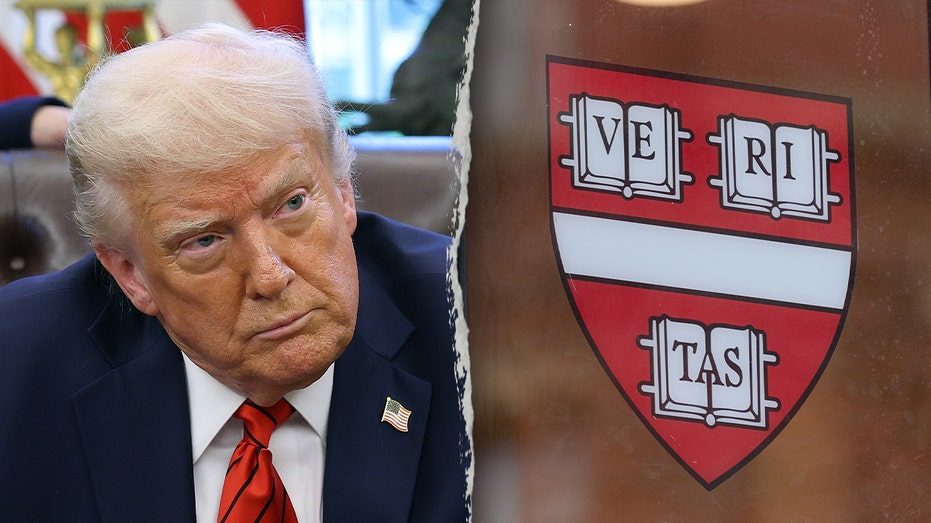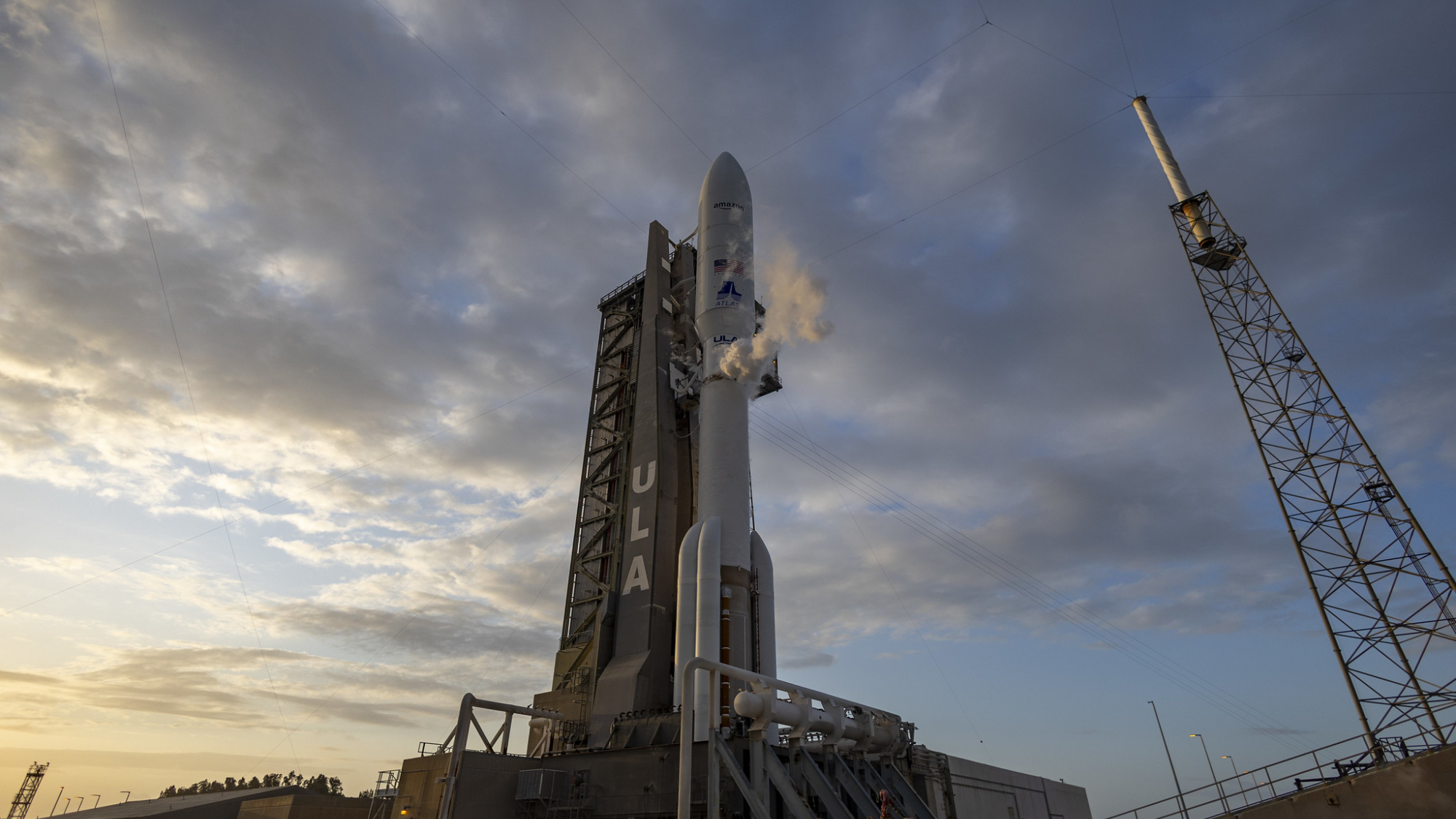Trump tariffs lead to soaring tensions, risks for US, China
Economic tensions between the US and China are soaring after President Donald Trump raised tariffs on Chinese products by 125 percent on Wednesday and China retaliated by raising tariffs on US exports to 84 percent. While Trump on Wednesday paused his “reciprocal” tariffs on dozens of other countries, he hit China harder, intensifying an economic...

Economic tensions between the US and China are soaring after President Donald Trump raised tariffs on Chinese products by 125 percent on Wednesday and China retaliated by raising tariffs on US exports to 84 percent.
While Trump on Wednesday paused his “reciprocal” tariffs on dozens of other countries, he hit China harder, intensifying an economic battles between the two major powers.
Beyond the tariffs on Chinese goods themselves – which total 145 percent because of an earlier 20 percent tariff imposed by Trump – the trade dispute extends into multiple other areas of economic interaction between the US and China.
These include U.S. companies being added to a Chinese blacklist, a deal for the sale of Chinese social media company TikTok being paused, Chinese importers opting for agricultural commodities produced in countries other than the U.S., Chinese currency devaluation and large-scale government subsidization of the private sector.
The war of words between the U.S. and China is reaching a fever pitch, and diplomats are spitting fire.
The Chinese Ministry of Foreign Affairs said the tariffs are isolating the U.S. from the rest of the world, an accusation that the U.S. has levied against China for its own trade practices.
Yu Jin, a spokesperson for the Chinese embassy in India, posted a clip of Trump in which tghe president says, “These countries are calling us up, kissing my ass. They are dying to make a deal.”
“Really???” she responded to the clip. “Which countries are they???”
U.S. officials have been no less colorful in their criticisms.
Earlier this week, Commerce Secretary Howard Lutnick suggested that smartphones made by tech giant Apple, which boasts one of the most sophisticated supply chains in the global economy, would be produced in the U.S., calling out the Chinese labor force.
“We are going to replace the armies of millions of people – well, remember, the army of millions and millions of human beings – screwing in little screws to make iPhones,” he said. “That kind of thing is going to come to America. It’s going to be automated.”
The Trump administration has opposed carve-outs from the tariffs for particular companies, even though the White House published a list of hundreds of exemptions following the initial general tariff order on April 2. The exemptions cover about $644 billion worth of 2024 U.S. imports, according to an analysis by the Tax Foundation.
However, Trump said Wednesday that he would “take a look” at the possibility of company carve-outs “as time goes by.” On Thursday, he expressed interest in negotiating a deal with China.
“We’ll see what happens with China. We would love to be able to work a deal,” he said. “We’re resetting the table.”
Even if a deal is worked out, the damage to well-established consumer goods pipelines may already be done.
A new report from Hong Kong-based supply chain auditor and quality control company QIMA found that U.S. retailers are increasingly looking to Indonesia, the Philippines and Cambodia as opposed to the more familiar East Asian alternatives to Chinese production of Vietnam and Bangladesh.
QIMA CEO Sébastian Breteau said in a Thursday commentary that reshoring U.S. consumer manufacturing jobs, which have been declining for decades, is an unlikely value proposition and ultimately damages U.S. credibility.
“People know that only $12.50 out of a $100 pair of Nikes are paid to the factory in Vietnam, of which only 35 percent goes to the workers. Bringing that job back to the US, even if possible, would have a very limited impact on where the value is,” he wrote. “In a nutshell, there has been a considerable loss of credibility by the US administration, in my opinion.”
While a systematic and all-encompassing “de-coupling” of the world’s two largest economies seems unlikely, at least in the short term, the tariffs do appear to be leading to major reconsiderations of commercial objectives within the Chinese Communist Party.
Chinese Premier Li Qiang held a meeting with financial and industry leaders this week during which he stressed domestic demand for Chinese production as a “long-term strategy.”
“We must expand and strengthen the domestic economic cycle, treat expanding domestic demand as a long-term strategy, intensify efforts to stabilize employment and promote income growth,” he said, according to a readout, as reported by the publication Sinocism.
In an interview in Chinese business publication Caixin, Zhang Bin, a professor at the Chinese Academy of Social Sciences, said Chinese firms will be hit by the U.S. tariffs and that stimulus on the order of hundreds of billions of dollars would be needed to insulate domestic industries.
“Stimulus policies in the tens or hundreds of billions of yuan scale would have limited help for the current situation. Trillion-yuan level countermeasures are needed, which can only be achieved through relatively significant interest rate cuts or fiscal efforts to increase public investment,” he said.
If trade volumes between the U.S. and China decrease as a result of the tariffs as they did after the pandemic, indirect supply chains from China through intermediary countries may fill that gap.
One 2024 study from Stanford found that “indirect supply chains with China, especially through Vietnam and Mexico, are strengthening.”
“China’s growing trade with ‘friendshore’ and ‘nearshore’ nations like Vietnam and Mexico suggests China-owned plants may remain important in U.S. supply chains,” the researchers noted.
Moreover, it may be the financial relationship between the U.S. and China more than the trade relationship that keeps the countries from going entirely their own ways. China, Japan and the United Kingdom are the top holders of U.S. sovereign debt.







































































